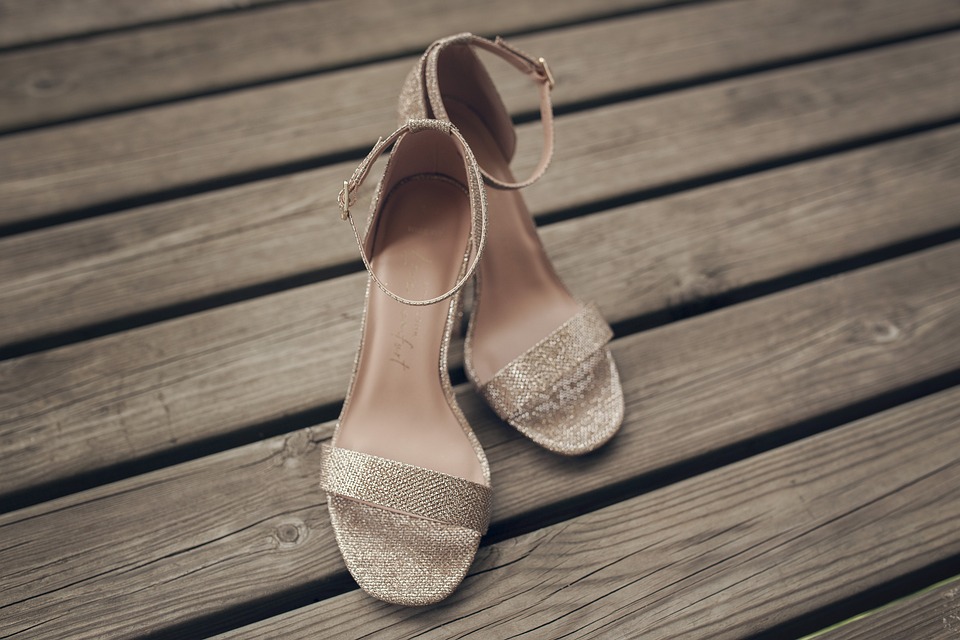Introduction
Selecting the right footwear for children is more than just a matter of style; it plays a critical role in their growth and development. The perfect pair of shoes can enhance their physical activities, provide comfort, and offer protection as they explore the world. This guide aims to equip parents with the knowledge to make informed decisions about kids’ footwear, addressing essential aspects such as fit, material, activity specificity, and growth considerations.
The Importance of a Proper Fit
Understanding Sizing
When it comes to children’s shoes, proper sizing cannot be overstated. Feet can grow quickly, which can make sizing challenging. It’s imperative to measure your child’s feet regularly—ideally every few months. Children’s sizes vary significantly across brands, so it’s crucial to try shoes on rather than rely solely on size labels. Look for the following signs of a good fit:
- Length: There should be about a thumb’s width of space between the longest toe and the front of the shoe.
- Width: The shoe should hug the foot without feeling tight. Children should be able to wiggle their toes freely.
- Heel Fit: The heel should fit snugly without slipping. A good heel fit helps stabilize the foot during movement.
Signs That Shoes Don’t Fit
Pay attention to signs that indicate a poor fit, such as discomfort, visible signs of wear, or even blisters. If children frequently complain about their shoes being too tight or uncomfortable, it’s time to reassess the fit. Symptoms like red marks or calluses on their feet should also prompt a change in footwear.
Choosing the Right Material
Breathability and Durability
When selecting shoes, consider the material carefully. Options typically include leather, synthetic fabrics, and mesh. Each has its advantages and disadvantages:
-
Leather: Durable and moldable, leather shoes often offer a classic appearance and good support. They’re great for dress shoes and can last for several years with proper care, but may not always be breathable.
-
Synthetic Fabrics: Often lightweight and colorful, synthetic shoes are usually more affordable and can be easier to clean. However, they may lack durability compared to leather.
- Mesh: This material is excellent for breathability, making it suitable for active children. However, it might not offer as much foot support for heavy use.
Climate Considerations
Consider the climate when choosing shoe materials. For warmer climates, breathable materials such as mesh and canvas are preferable, allowing for proper airflow. Conversely, in colder climates, waterproof materials such as rubber or insulated boots will be necessary to keep feet warm and dry.
Activity-Specific Footwear
Athletic Shoes
For active children, correct footwear can significantly affect performance and reduce the risk of injuries. When selecting athletic shoes, look for:
-
Cushioning: Adequate cushioning absorbs shock during activities like running or jumping.
-
Arch Support: Proper arch support helps with alignment and reduces fatigue during play.
- Traction: Shoes with good grip prevent slips, especially on playgrounds or sports settings.
Casual and Dress Shoes
Casual wear often calls for different considerations. While comfort remains paramount, style also matters. For dress shoes, quality should be balanced with aesthetic appeal. Secure closures such as Velcro or laces can enhance fit and adjustability. For younger kids, look for options with flexible soles that support natural foot movement.
Seasonal Footwear
Don’t forget about seasonal variations in footwear requirements. In summer, sandals should provide support and protection while allowing breathability. In winter, insulated boots with waterproof features are crucial to keeping little feet warm and dry during outdoor play.
Conclusion
Selecting the ideal footwear for kids is an intricate blend of art and science, involving careful consideration of fit, material, activity, and seasonal needs. With their feet experiencing rapid growth and changes, prioritizing comfort and support is essential for healthy physical development. Keep an eye on signs of discomfort, and remember that regular measurements will make a world of difference. Ultimately, the right pair of shoes can empower your child to explore and play, laying the foundation for a lifetime of healthy foot habits. By following this guide, you’ll be well-equipped to step right into the best choices for your child’s footwear, ensuring they walk confidently through every new adventure.











Leave a Comment